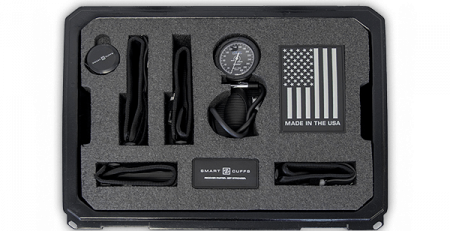A bit about Bursitis
Bursitis is a common and painful condition. It is caused by the inflammation or irritation of the bursa. Hmm. So what is a bursa?
What is a Bursa?
We all have around 160 bursa in our bodies. They are tiny sacs filled with fluid called synovial fluid, which is rich in collagen and proteins. These sacs of fluid provide cushioning in areas of friction – for instance in moving joints.
What is Bursitis?
Bursitis is the inflammation or irritation of one or more of the Bursa in a particular joint. Generally, the joints most affected are the shoulder, elbow, hip, knee and heel. Sometimes these sacks may also become infected, and this is known as Septic Bursitis, which is more common in bursa close to the skin, or in those with suppressed immune systems or diabetes.
Causes
There are essentially three types of causes for Bursitis:
Chronic – this is where a regular, repetitive movement causes damage over time. This could be throwing a ball, typing, or kneeling for long periods. This is known as a Repetitive Motion Disorder.
Acute – where an accident like a blow or a fall damage the bursa
Medical – where another medical condition, such as rheumatoid arthritis, gout or diabetes causes irritation to the bursa
Symptoms
If Bursitis is developing you will notice pain and tenderness around the affected area, which likely becomes worse with movement, and at night. There may be swelling, redness and heat. Often, the joint becomes difficult to move and range of motion is reduced. In the case of Septic Bursitis you may also experience a mild to moderate fever.
Treatment
Treatment of Bursitis will involve both management of the symptoms and addressing the cause. First and foremost, you must rest the affected joint in order to allow the bursa time to heal. If your Bursitis has been caused by repetitive movement – like golf, tennis, gardening or typing, it is important to stop the activity at least until you see some improvement.
Management of the pain will include ice, to reduce inflammation, compression and elevation where possible, and anti-inflammatory medications. Your chiropractor will recommend some gentle stretching exercises, and use dry needling to help with the pain an inflammation. Soft tissue work will assist with returning the joint to better range of motion, and also with decreasing inflammation. Once the condition has stabilized remedial massage may also be recommended.
Particularly in the case of Chronic Bursitis, it is recommended that you maintain a regular schedule of treatment with a chiropractor in order to keep the condition manageable.
If there is an infection in the bursa, you will likely need antibiotics, and the affected bursa may need to be drained with a needle.
If you think you may have Bursitis, call our Baulkham Hills Clinic on 9639 7337 to see our chiropractor for a diagnosis and to discuss treatment.



